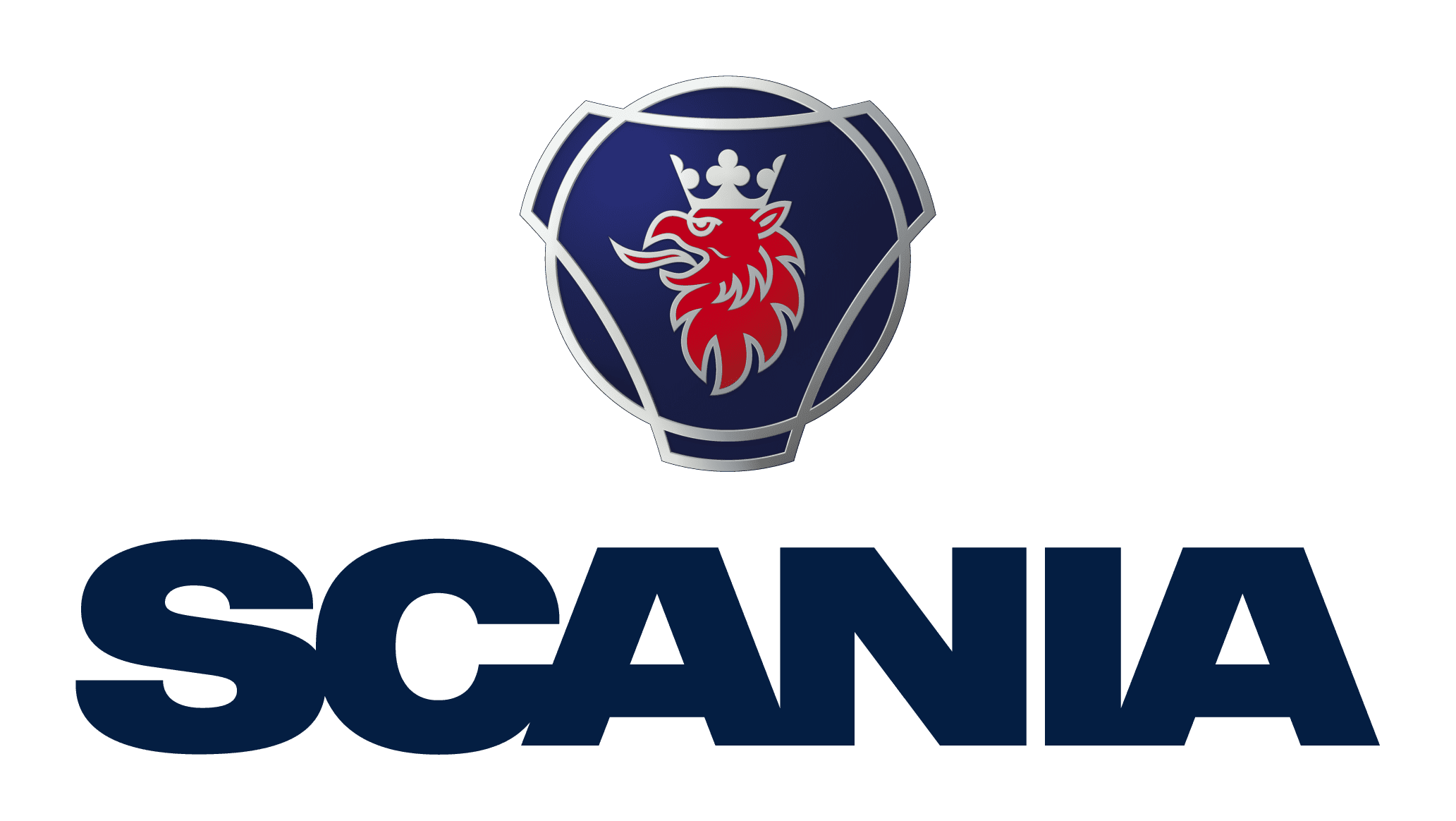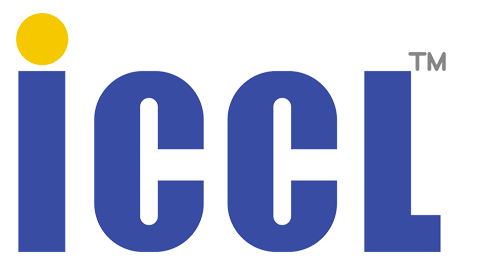BRT to be Cornerstone of Iskandar Malaysia
 The newly-launched Bus Rapid Transit (BRT) system will serve as the backbone of the public transport infrastructure in Iskandar Malaysia over the next twenty years. Prime Minister Datuk Seri Najib Razak said the BRT is a high quality bus-based transit system which would provide reliable, comfortable and cost-effective services.
The newly-launched Bus Rapid Transit (BRT) system will serve as the backbone of the public transport infrastructure in Iskandar Malaysia over the next twenty years. Prime Minister Datuk Seri Najib Razak said the BRT is a high quality bus-based transit system which would provide reliable, comfortable and cost-effective services.“With the expected population and economic growth as well as increased job opportunities, I am confident that the BRT would become a catalyst for Iskandar Malaysia to be more competitive globally and on par with other developed countries” said Najib at the launch of the Progressive Johor Expo in Kota Iskandar.
The BRT system will be developed at a cost of RM 2.56 billion with the Federal government providing RM 1 billion of the funds, while the remaining funds is coming from the private sector.
“I was informed that the BRT will have elements of light rail transit or metro, which would make it quicker than regular bus services. We will ensure that the BRT system would be linked to the Rail Transit System (RTS), the High Speed Rail (HSR) and intercity bus service” the Prime Minister continued.
The system, to be developed by Iskandar Regional Development Authority (IRDA) and the state government, is expected to be operational by 2021 and will cover 90 percent of Iskandar Malaysia. It will have a route spanning 300 kilometres (of trunk and feeder routes) and 39 stations.
Work on the BRT is expected to start in the first quarter of next year and phase one of the project is slated for completion by mid-2021. IRDA chief executive officer Datuk Ismail Ibrahim said the focus this year would be on development planning, land acquisitions, designs of the stations and public engagements. He added that IIDS had organised eight engagement sessions since November to get feedback from the public on the project.
“More sessions will be held this year, including public display of the project, because at the end of the day, the people of Iskandar Malaysia will be the BRT users. IRDA will try to minimise disruptions and inconvenience to motorists and pedestrians when work begins next year, especially in areas within the Johor Baru central business district” said Ismail.
He continued that Irda would also minimise land acquisitions and that most of the land affected by the project were either state-owned or belonged to private companies, not individual owners. “We are looking at the BRT in Brisbane, Australia as the city share similar features with Johor Baru and Iskandar Malaysia in terms of distribution population.”
Iskandar Malaysia BRT director Rudyanto Azhar said the BRT was not something new as it was introduced in 1990. Globally, 125 cities have implemented BRTs while 121 more are either in construction or planning stages of the project. “The BRT is to cater to the transportation needs of the population in Iskandar Malaysia which is expected to reach three million in 2025, from 1.5 million when Iskandar Malaysia was established in 2006” he concluded.
The decision to implement the BRT in the Iskandar Malaysia region was not made in a haste, but instead based on solid reasoning said Johor Menteri Besar Datuk Seri Mohamed Khaled Nordin. He said the decision was also made after taking into consideration the population of Johor Baru and Iskandar Malaysia, which was relatively small for a light rail transit (LRT) or mass rapid transit (MRT) system. “The cost to implement an LRT or MRT project is much higher than that of the BRT. Both factors i.e. small population and cost would have a major impact on ticket fares. It could end up being very expensive. It would not be practical for the people” he said.



























